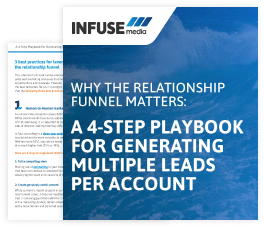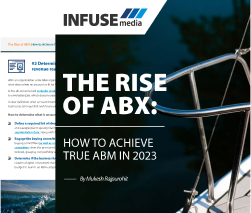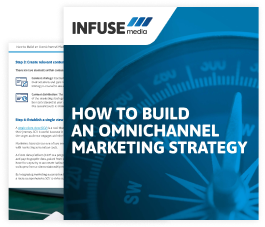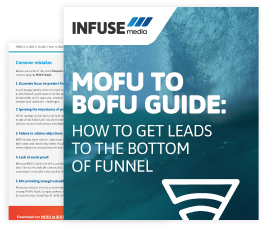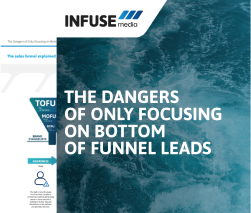The B2B landscape continues to undergo dramatic transformation, marked by significant changes in the buying cycle that reshape the way businesses operate. Notably, buyers have evolved into a more independent and discerning force, demanding higher levels of quality, value, and personalized experiences.
In the past years, buyer committees have grown in size and importance, as organizations recognize the necessity of diverse perspectives in the decision-making process when acquiring a solution. The buying cycles have also extended in duration, reflecting the deliberative approach buying committees now undertake to ensure the Return on Investment (ROI) of their purchased solution.
This buyer evolution has necessitated organizations to pivot and prioritize client journeys by placing client experience (CX) at the forefront of their approach. Indeed, Zendesk’s CX Trends 2023 report shows that 81% of surveyed leaders see CX and support as growing priorities over the next year and 71% of leaders plan to revamp their client journeys.
In order to deliver the client journey that is expected of the modern B2B buyer, tech and client data are critical. Indeed, those that manage to optimize these elements will have a significant advantage over their competitors as, in the above Zendesk report, 67% of surveyed leaders reported a prevalence of disorganized, reactive efforts to use client data—a trend that is compounded by organizational silos that prevent that information from being shared efficiently. In addition, 72% of business leaders continue to move forward with personalization plans that are wildly at odds with the actual needs and desires of their prospects.



